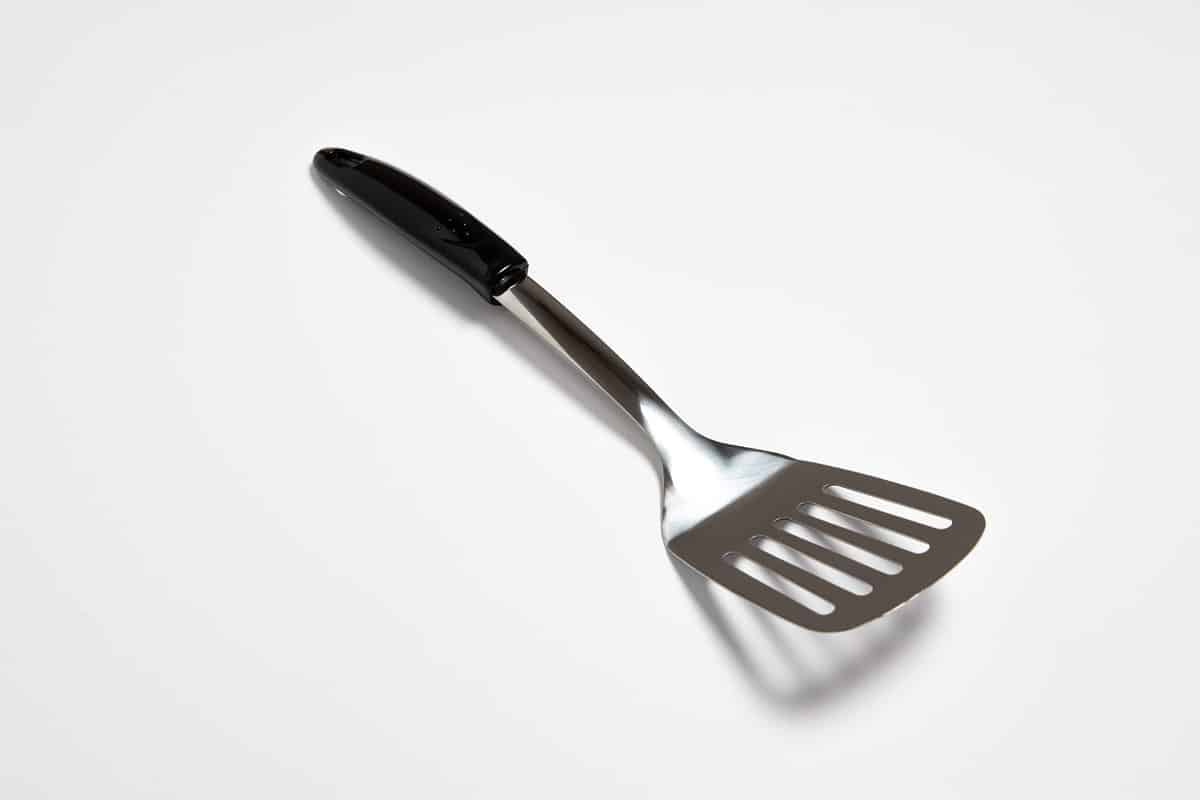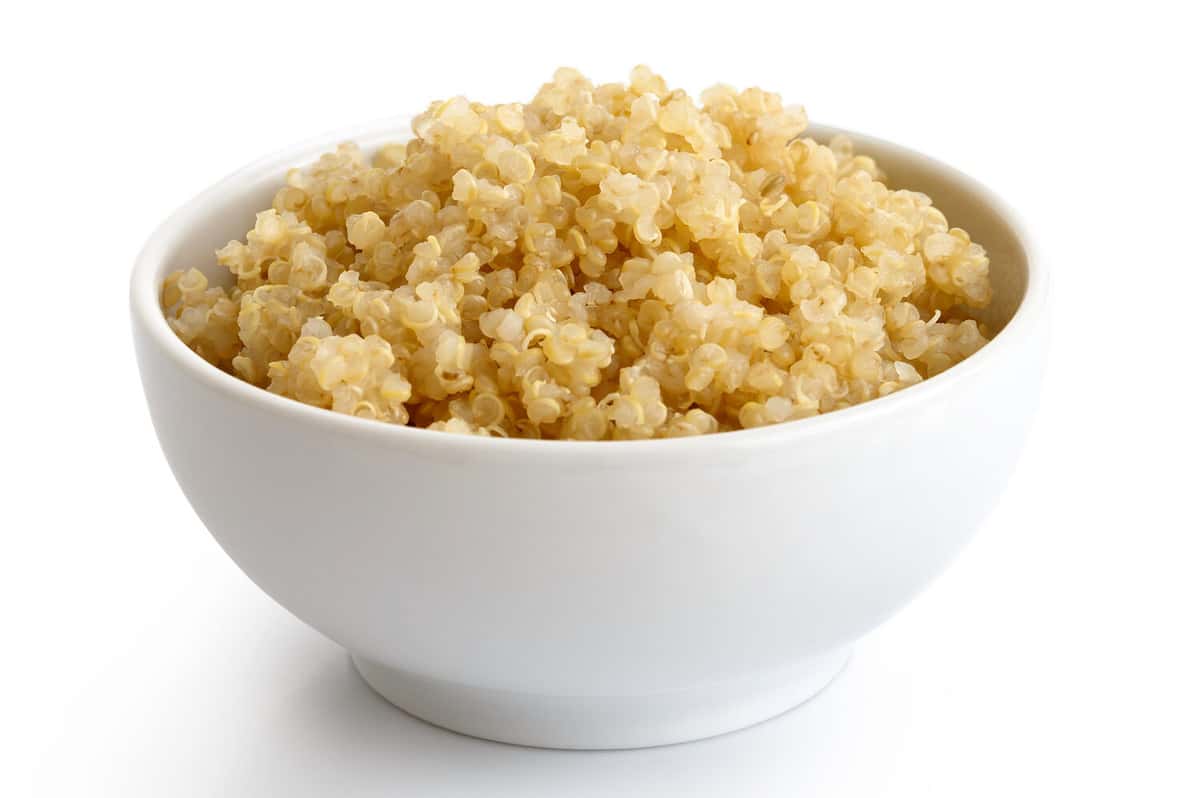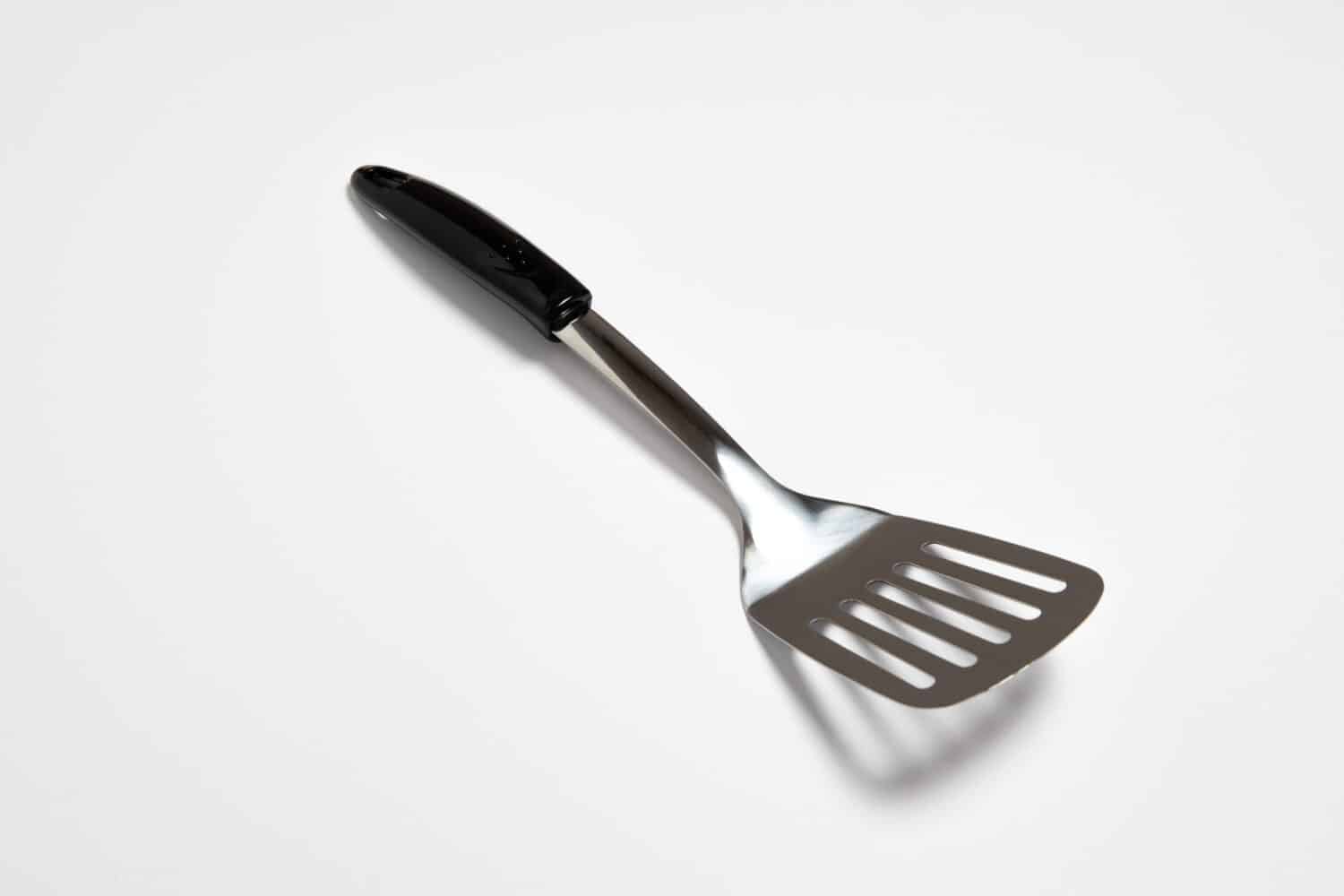Stainless Steel vs. Ceramic: What's the difference between these kitchen tools? The difference is important regarding induction cooking, your health, and durability.
A broader difference between stainless steel and ceramic involves the metals and how they are made. For instance, ceramic is made with metals and has a ceramic glaze called Sol-Gel. This essentially copies the properties of a non-stick. Stainless steel has a blend of elements, including steel, carbon, and chromium. They last much longer than ceramic and are often considered the better choice for cooking.
This guide explores why stainless steel and ceramic are often so different. We look at how they are made differently, how they are used for other cooking purposes, and how they affect your overall health.
What Is Stainless Steel?

©macro videography/Shutterstock.com
Stainless steel all started in 1913. Harry Brearley came out with the first stainless steel product, one of the first metals resistant to erosion. It was the perfect cooking utensil that could be used repeatedly without wearing down to rust. This discovery was initially because Harry Brearley sought a solution to solve erosion in the gun barrels.
It wasn't until the 1920s that stainless became a popular cutlery item used for surgical tools. Over the years, stainless has become more popular with the design of kitchen tools, refrigerators, and other items.
Today, clad cookware is a subtype of stainless steel made for heat conduction. It's also made with aluminum and aluminum alloy. When well-kept, stainless can last decades. This is because of the substance chromium, which is resistant to erosion.
What Is Ceramic?
Ceramic is not generally known for cooking. They have an aesthetic appeal that makes them unique in the kitchen when cooking or serving food. Many ceramic dishes involve plates and bowls used for fancy meals because they stand out visually.
However, compared to stainless steel, ceramic cookware does not last nearly as long. It's not as durable, and it's not as efficient when it comes to cooking meats or other kinds of stovetop foods. However, ceramic is also erosion-resistant.
While it is erosion-resistant, it is still breakable. If you're not careful, you can cause cracks in your ceramic by using it often. Some ceramics are designed to withstand higher heat than others, while some may not be prepared to put boiling water or even in the oven for cooking. Be sure to check the limitations of your ceramic kitchenware before using it.
Stainless Steel vs. Ceramic: What's Better for Induction Cooking?

©Moving Moment/Shutterstock.com
When comparing durability, stainless steel is more durable than ceramic. It doesn't mean it's the superior choice for cooking, but it's better regarding durability over the years.
One reason for this is that stainless steel is made with chromium. While it may last longer, you must ensure proper care of your stainless steel kitchenware. Leaving your stainless steel tools outside in the rain or exposed to harsh chemicals can cause erosion and rust much faster.
When it comes to induction cooking, stainless steel is the better choice. This is because the properties of stainless steel are often better when it comes to versatility and durability. While ceramic is perfect for the short-term, it's not ideal for high-heat cooking and is prone to cracks and complete breaks.
In terms of price, stainless steel is typically more expensive and can range into hundreds of dollars, depending on if you get a set of items. While ceramic can still be pricey, it's typically not as expensive as stainless steel kitchenware.
What's Better for Your Overall Health?
Cooking with either ceramic or stainless steel can affect your overall health.
For example, stainless steel doesn't give off any toxins when cooking. You can also have peace of mind because it doesn't react negatively with any ingredients. However, stainless steel can affect your health if you cook with it when it's rusty.
Ceramic cookware is also not bad for your health when used correctly. It has a natural stick surface that makes cooking seamless, and it has no toxins. However, it would be best not to put your ceramic kitchenware in the dishwasher because it can remove the non-stick substance. It's typically recommended that you wash ceramic items by hand.
Stainless Steel vs. Ceramic: What's Better for the Kitchen?
The choice between stainless steel and ceramic isn't always easy. They both offer benefits when it comes to cooking and durability. While stainless steel is the superior choice for durability, ceramic is the superior choice for design. Ceramic can also be easier to cook with because of its non-stick properties.
Overall, either stainless steel or ceramic offers a versatile way of cooking food. Trying both can give you an idea of what it feels easier to cook with.
The image featured at the top of this post is ©macro videography/Shutterstock.com.
